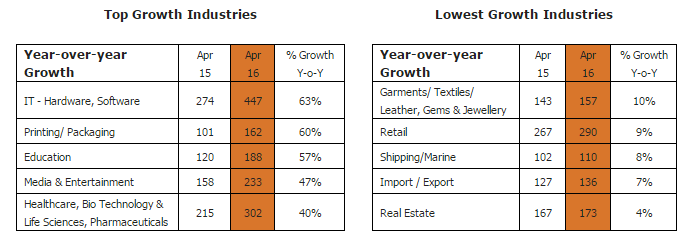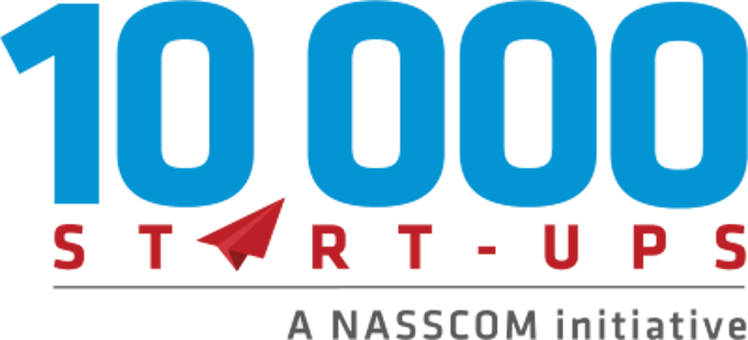There is a famous quote ‘Be prepared for the Worst and hope for the Best‘ however, most of the times we do not have the foresight to predict the worst which gives us less time to prepare for the future. An ideal example of this saying is the ‘Lehman Brothers Collapse’ in the year 2008 which caused a financial meltdown and adversely affected every possible sector. Jobs were wiped out and still the world economy is struggling to recover from the crash.

Though it is very difficult to look out for a job [irrespective of your work profile, experience, etc.] during the time of crisis, it is definitely not impossible. As a job seeker, you need be smart, proactive, well-connected with job consultants in India and act positively when a ‘good opportunity knocks your door’. One thing that has changed significantly since that period is the ‘positive’ impact of technology on every aspect of our lives, including job search 🙂
Network with a purpose
Irrespective of your experience, expertise; when it comes to job-hopping you can never follow a linear approach. Since organizations now have many touch-points where they publish the same openings e.g. job portals, business networking websites, etc. it becomes critical that you stay updated about the same. You need to build a formidable & reliable network, whether it is in the online or the offline space. Focus on ‘building a network, rather than network building’ so that you utilize your time on things that matter the most!
Choose the best staffing solutions
When you think about job search, you would always think about posting resumes on job sites and sending the resume to traditional recruitment or staffing companies in India. However, you have to identify which recruitment agency is genuine or reliable since there is a possibility that a lesser-known recruitment agency might try to extract money from the candidate with the promise of getting them a job. No matter how desperately you are searching for a job, you should always stay away from such recruitment agencies.
There are reliable staffing solutions in India like the ManpowerGroup that have been around for many years, have the required expertise in hiring, career development, executive search, etc. They also offer outplacement services for organizations [large, SME, startups] in case of any untoward incident in an organization that results in employees being laid-off. If an organization is looking to hire people for leadership roles, they can utilize their service & network to hire the best people for their organization.
Highlight your ‘primary’ & ‘secondary’ skills
There are many of us who would be working on the same domain for many years and eventually that ‘domain skill’ becomes your primary expertise. Unless you are a ‘domain expert’ and irreplaceable in your organization, it is always advisable to have some secondary skills so that it helps you when things are not going your way! A fresh graduate has an opportunity to choose his/her own career path and they even have the flexibility to try out various options at the start of the career.
There is always a debate on whether you should be a ‘generalist’ or ‘specialist’ & it all depends on whether that ‘skill’ is in demand or not. If you are in the technology sector, you need to keep yourself updated with the latest technologies so that you are no longer a part of the herd that has the same skill-set
Which according to you are some of the methods to stay relevant in the job market, please leave your suggestion in the comments section…



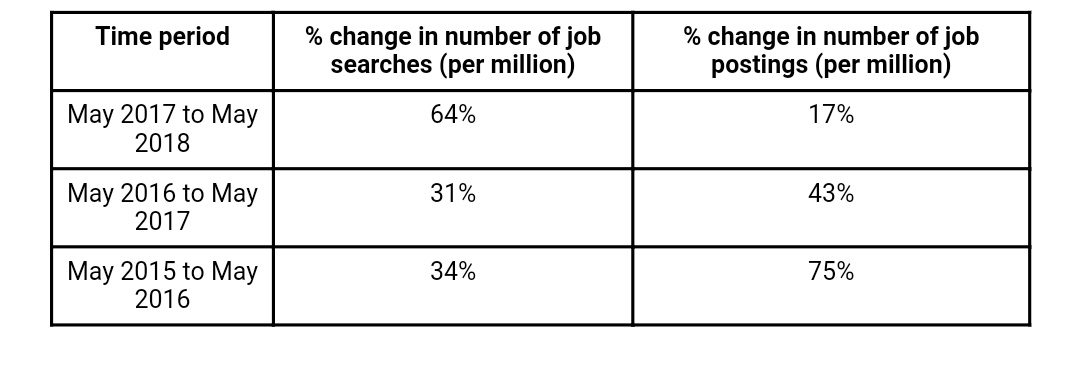
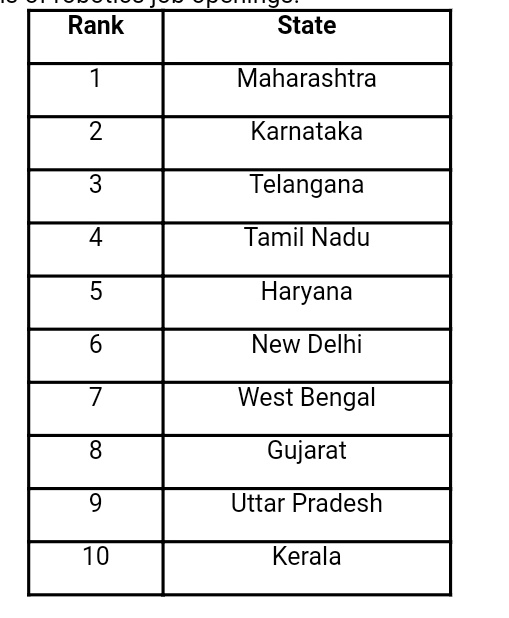


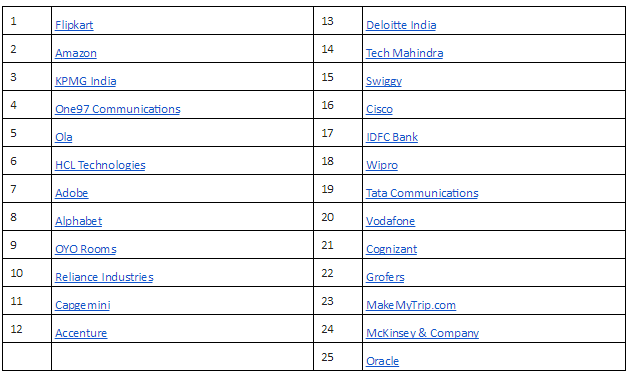
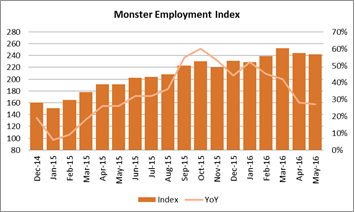
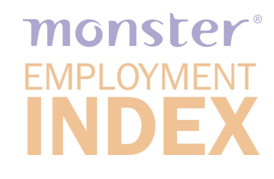

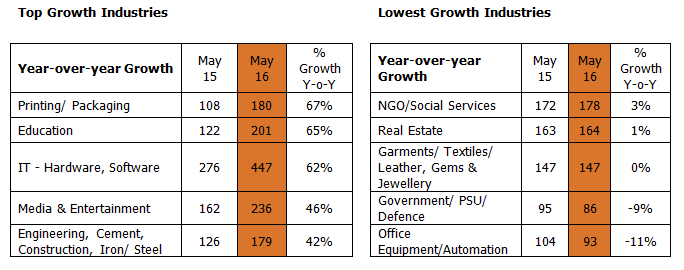

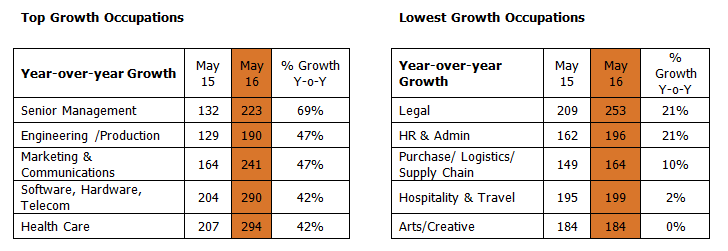

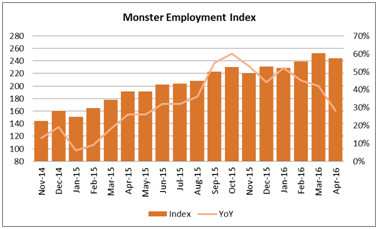 The online hiring sentiments for the month of April 2016 exhibited a sluggish year-on-year growth rate at 28 percent down from 42 percent in March 2016, according to the latest
The online hiring sentiments for the month of April 2016 exhibited a sluggish year-on-year growth rate at 28 percent down from 42 percent in March 2016, according to the latest 
